Retro Replay Review
Gameplay
The core of A Cure for the Common Cold revolves around classic point-and-click adventure mechanics, faithfully evoking the spirit of titles like Broken Sword. Right-clicking lets you examine a wide array of objects scattered across your cramped two-room garret, while left-clicking initiates interactions—from sipping a dubious herbal tea to rummaging through paint-stained rags. The intuitive interface ensures that even players new to the genre can quickly pick up the controls, while veterans will appreciate the nods to beloved conventions.
(HEY YOU!! We hope you enjoy! We try not to run ads. So basically, this is a very expensive hobby running this site. Please consider joining us for updates, forums, and more. Network w/ us to make some cash or friends while retro gaming, and you can win some free retro games for posting. Okay, carry on 👍)
Puzzle design is at the heart of the experience. Your mother’s three “eternal constants” for recovery—rest, hydration, and creative spark—serve as both a narrative framework and a gameplay loop. Scouring the studio for ordinary items, you must cleverly combine them to concoct makeshift remedies and inspiration boosters. Simple tasks like brewing tea evolve into multi-step puzzles, requiring you to piece together instructions from scribbled notes and overheard conversations. The result is a satisfying balance of trial-and-error and logical deduction.
Progression in A Cure for the Common Cold is deliberately measured, allowing players to savor each clue and environmental detail. Hints are elegantly woven into item descriptions—examine a dusty sketchbook, and you might spot a hidden recipe for throat-soothing syrup. For those who enjoy methodical problem-solving rather than timed challenges, this title offers a leisurely pace that encourages exploration. Occasional optional puzzles add depth for completionists without impeding the main storyline.
Graphics
A Cure for the Common Cold features hand-painted 2D backgrounds that capture the melancholic charm of a bohemian artist’s garret. Muted sepia tones and soft watercolor textures convey the room’s threadbare furnishings, scattered art supplies, and half-finished canvases. Each screen feels lovingly crafted, with attention paid to subtle details: drips of drying paint, curling pages of old art magazines, and the flicker of candlelight on cracked plaster walls.
Character portraits and animations are equally expressive. Your protagonist’s feverish countenance shifts from pained and congested to determined and hopeful as you piece together remedies and restore energy. Even minor NPCs—such as the kindly gallery director who checks in by telegram or your harried landlady—are brought to life through lively sketches and smooth transitional animations. Small touches, like the protagonist blowing his nose or yawning widely, heighten immersion and empathy.
The user interface complements the art style without overpowering it. Icons for examining, combining, and using items are clean and unobtrusive, overlaying seamlessly on the scene. Inventory items are displayed in a scrollable panel that resembles a vintage sketchbook, reinforcing the artist’s milieu. Overall, the graphics not only look charming but also serve gameplay by making hotspots and interactable elements clear at a glance.
Story
A Cure for the Common Cold weaves a delightfully relatable tale of artistic aspiration thwarted by the most common of illnesses. You play an underappreciated painter who finally secures a chance to exhibit at a prestigious gallery—only to be felled by a brutal cold. This premise evokes the romantic struggles of Rent and La Bohème, blending humor and pathos as you labor to finish your masterpiece against the odds.
The narrative unfolds through witty internal monologues, motherly telegrams, and conversations with each item in your studio. As you stitch together remedies, you also piece together memories of past exhibitions, flubbed commissions, and the self-doubt that has haunted your career. The game strikes a fine balance between lighthearted banter—quipping about “the great mucus blockade”—and genuine emotional stakes tied to your fleeting shot at fame.
Plot pacing is deliberately interleaved with puzzle progression. Key story beats are unlocked only when you complete one of the mother’s three constants, reinforcing the bond between narrative and gameplay. Occasional flashbacks hint at deeper themes of perseverance and the price of artistic passion. While the primary storyline unfolds in a single afternoon of feverish tinkering, it resonates with anyone who’s ever chased a dream while battling exhaustion or self-doubt.
Overall Experience
A Cure for the Common Cold offers a compelling blend of nostalgic point-and-click gameplay, evocative hand-drawn art, and a heartfelt story about creativity under duress. Its puzzles are thoughtfully designed to reward patient exploration, and its world is brimming with personality—from the protagonist’s sincere coughs to the comforting glow of a well-steeped cup of tea. Even seasoned adventure gamers will find fresh enjoyment in the game’s unique twist on the “gather-and-combine” formula.
This title shines brightest for players who appreciate narrative-driven indie adventures and are drawn to atmospheric settings. The challenge level is accessible without being trivial, and the self-contained story wraps up neatly while leaving room for reflection. Whether you’re a longtime fan of Broken Sword–style interfaces or new to the genre, A Cure for the Common Cold makes a strong case for spending an hour or two immersed in its bohemian fever dream.
Ultimately, A Cure for the Common Cold is more than a charming diversion; it’s a small masterpiece in resourceful storytelling. By turning the humble common cold into a canvas for creativity, it reminds us that even our setbacks can inspire art. For anyone seeking a cozy, thought-provoking adventure with a dash of humor and a generous helping of heart, this game is well worth a visit to the garret.
 Retro Replay Retro Replay gaming reviews, news, emulation, geek stuff and more!
Retro Replay Retro Replay gaming reviews, news, emulation, geek stuff and more!
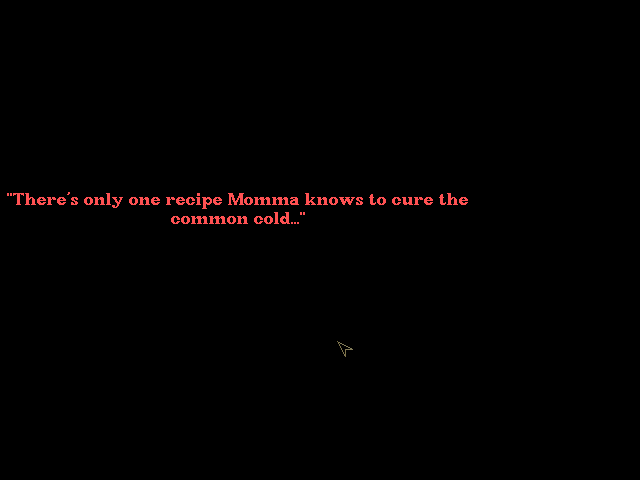
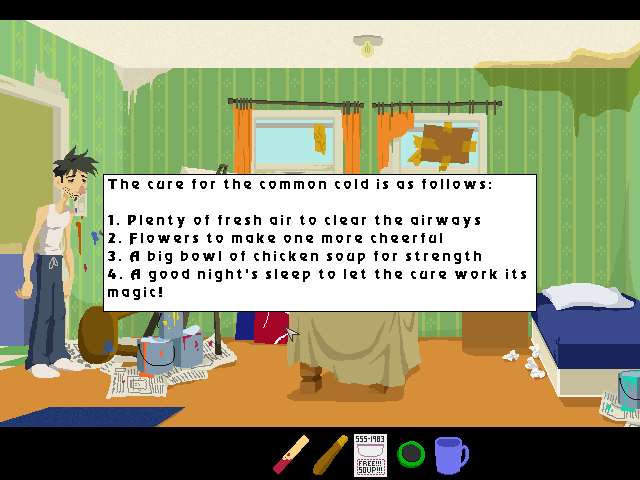
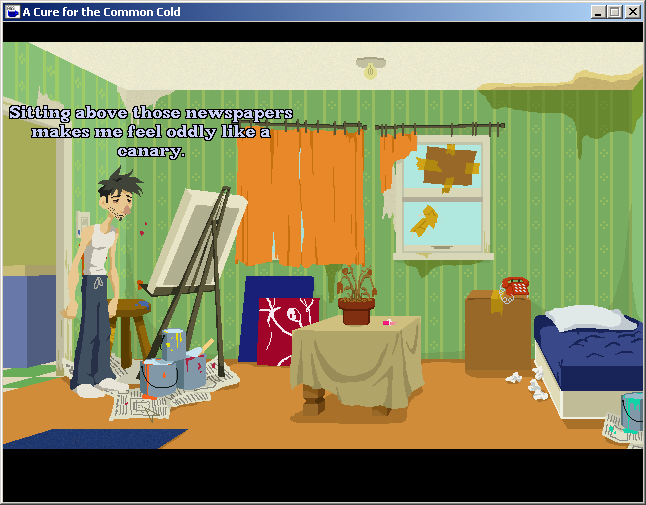
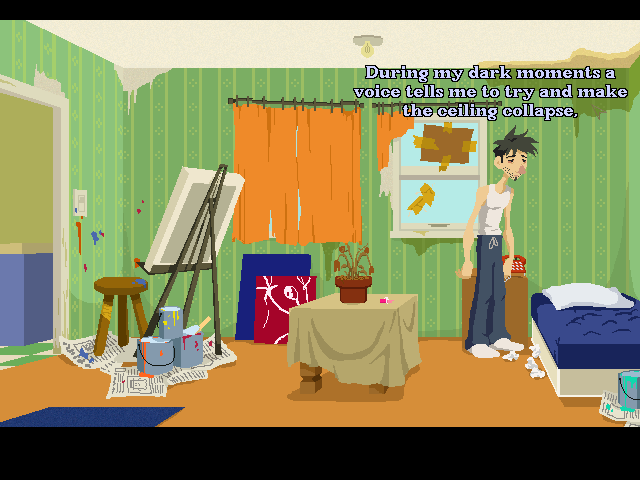
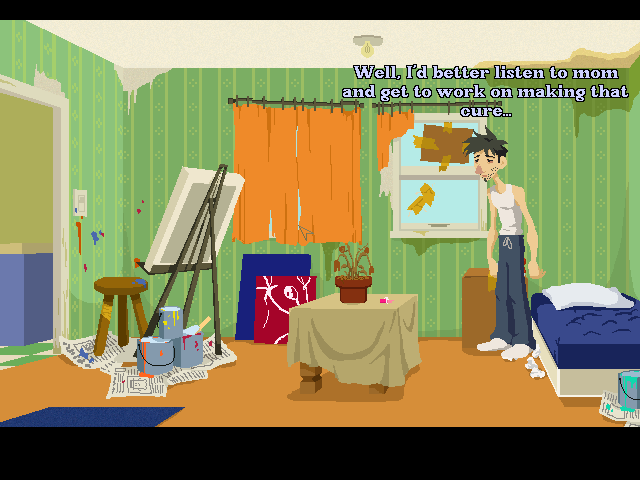



Reviews
There are no reviews yet.